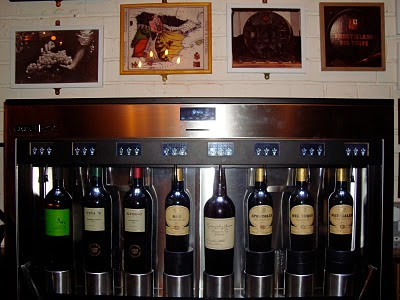Several years ago, all these threads came together when I was approached to organise the launch of the English edition of the Hachette Wine Guide. This annual guide lists the best wines in France, region by region. The highest rating is the ‘coup de coeur’ which is given to the very finest examples: a couple of hundred of the 9,000 wines included in the guide. To my delight, I discovered that I would be supplied with the ‘coup de coeur’ wines to serve at the launch event.
As all these wines gradually arrived at my tiny flat, I wondered how best to order them to make sense of such a disparate selection. Arranging them according to style seemed the best idea, and it struck me that I had the perfect opportunity to turn this event into the ultimate cheese and wine party. What a wonderful way of showcasing some of the best French produce and, with La Fromagerie agreeing to supply the cheese, the book launch became ‘The Finest Taste of France’. Once I had my complete list of 132 wines, carefully divided up, I was able to brief Patricia to provide seasonal French cheeses to accompany this amazing array of wine. She and a colleague were also able to attend, as were some of the wine producers, which made the evening even more informative and memorable.
‘The Finest Taste of France’ began with lighter, unoaked whites such as Muscadet, Sancerre and Chablis served with some refreshing, tangy goats’ cheese, delicious with the clean minerality of these wines.
These were followed by a larger selection of heavier, oaked whites such as classic white Burgundy (Chablis 1ers and Grands Crus from Drouhin and Fèvre, Meursault from Michel Bouzereau and a Chevalier-Montrachet), white Bordeaux (including gems from Châteaux Smith Haut Lafitte and Haut Brion) and some interesting white Châteauneuf-du-Pape (Château La Nerthe). Stronger, stickier cheeses worked superbly with these wines; rich and creamy Brie made a great partner to carefully oaked whites. Aged Beaufort from the Alps was also a luxurious choice for these wines.
Red wines included a stellar line up of classed growth clarets (Châteaux Léoville-Barton, Langoa Barton, Lynch Bages, Rauzan-Ségla, Ducru-Beaucaillou), Hermitage and Châteauneuf-du-Pape. This is where harder, more mature cheeses came into their own, working well with the complex flavours and tannic structure of the wines. Aged Mimolette was a particularly special choice for these fine reds.
The tasting concluded with an impressive range of sweet wines: Jurançon, Coteaux du Layon, Sainte-Croix-du-Mont, Muscats and an array of Sauternes and Barsac. Guests were treated to Châteaux Doisy Daëne, Bastor-Lamontagne, de Fargues to name a few. Buttery, rich blue cheeses were the dominant choice on this table. Roquefort is always a delicious foil to sweet wine – the saltiness contrasting with the sweetness of the wine, whereas the more subtle Fourme d’Ambert also worked deliciously, but in a less strident way. Many people seemed unable to leave this delectable table.
What wonderful memories. Essentially, wine is fermented grape juice and cheese is preserved milk (also through fermentation), but the evening demonstrated the extraordinary scope of these glorious gifts from nature and the unforgettable pleasure they can give. Yes, I feel very lucky indeed.
http://www.amazon.co.uk/Fiona-Becketts-Cheese-Course-Beckett/dp/1845979168/ref=sr_1_1?ie=UTF8&s=books&qid=1272658447&sr=1-1
http://vivelecheese.wordpress.com/
http://vivelecheese.wordpress.com/







